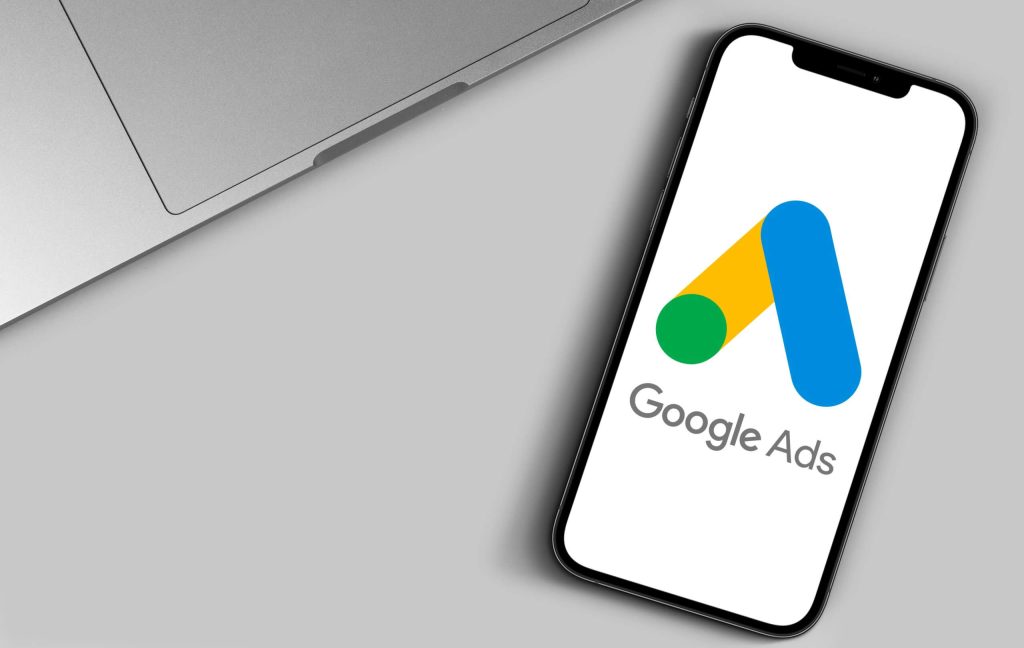A Strategic Handbook for Mastering Facebook Ads Audience Targeting
A Strategic Handbook for Mastering Facebook Ads Audience Targeting

- Introduction
- Understanding Facebook Ads Audience Targeting
- Audience Targeting Options on Facebook
- Top-of-Funnel Prospecting
- Retargeting at Middle-of-Funnel
- Retargeting at Bottom-of-Funnel
- Cross-Selling and Upselling
- Lifetime Value (LTV) Optimization
- Audience Exclusions
- Testing and Iteration
- Case Studies and Examples
- Future Trends in Audience Targeting
- Conclusion
Introduction
In this blog post, we spotlight the critical importance of audience targeting in Facebook advertising. As we dive into the different audience types, we’ll also uncover various targeting tactics that can elevate your Facebook ad campaigns. Whether you’re a marketing veteran or just starting out, our exploration of audience targeting promises to provide valuable insights for more effective and targeted advertising efforts.
Understanding Facebook Ads Audience Targeting
Audience targeting in Facebook ads is a strategic process of identifying and reaching specific groups of people most likely to be interested in your products or services. This targeting is pivotal in enhancing the relevance and efficiency of your advertising efforts.
By leveraging Facebook’s vast array of user data, advertisers can pinpoint individuals based on various criteria such as demographics, interests, behavior, and more. Audience targeting lies in its ability to connect your ads with users who are the right fit for your message.
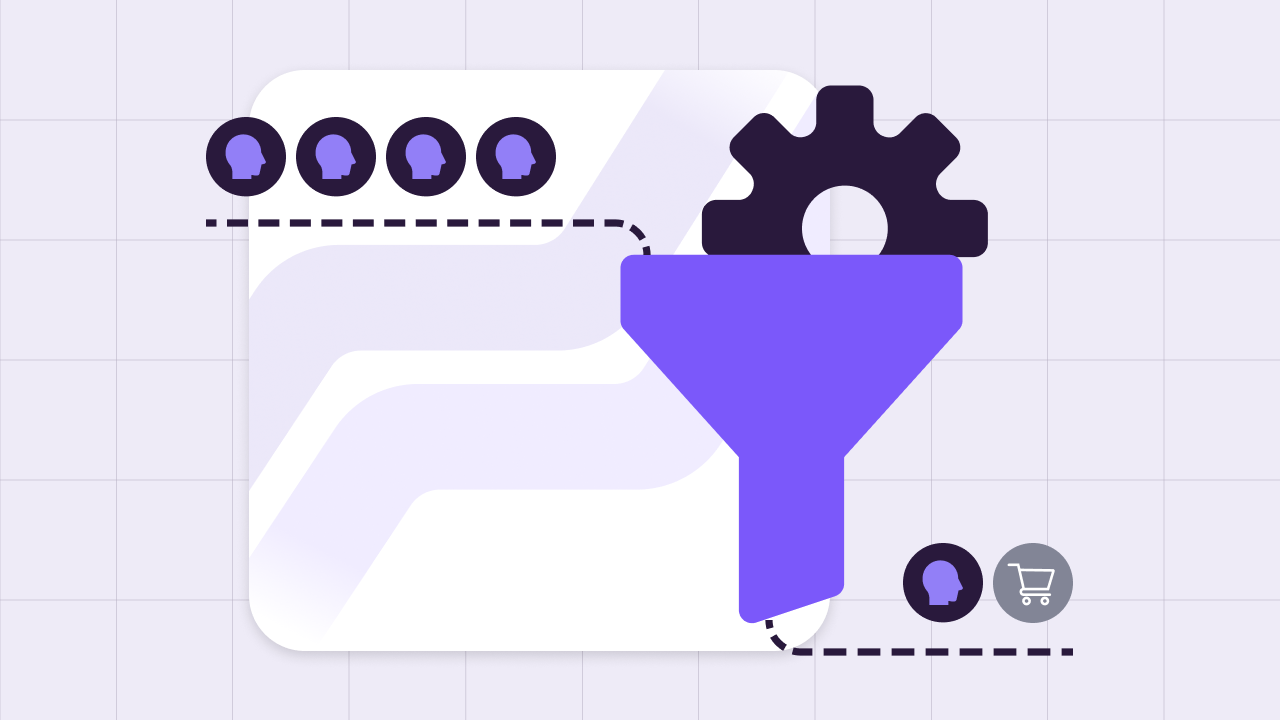
The importance of reaching the right people with the right message cannot be overstated. Effective audience targeting ensures your advertising resources are not wasted on uninterested parties. Instead, it channels your efforts and budget towards segments of the Facebook user base who are more likely to engage with your ads, convert, and ultimately drive business growth. This precision maximizes the return on your advertising spend. It contributes to a better user experience on the platform, as people receive ads that align with their interests and needs.
Audience Targeting Options on Facebook
Facebook Ads offers a range of audience targeting options, each designed to help advertisers connect with specific groups of users based on their unique characteristics. Understanding the following options is key to creating targeted and effective ad campaigns:
Demographic Targeting
This allows you to target audiences based on basic demographic information like age, gender, and location. It’s a fundamental way to reach users who fall within specific age groups, reside in certain geographical areas, or identify with a particular gender, making your ads more relevant to these basic yet crucial user segments.
Interest Targeting
This option dives deeper into the likes and preferences of users. By targeting based on interests, advertisers can reach people with an affinity for specific subjects, hobbies, or activities on Facebook. This could include interests in particular industries, entertainment genres, or hobbies. This allows marketers to tap into a user base inclined towards content related to your products or services.
Behavioral Targeting
Behavioral targeting focuses on users’ actions and patterns of behavior, such as purchase history, device usage, and more. This type of targeting helps reach people based on their past interactions, online activities, and other behavioral data, making it possible to tailor ads to users’ lifestyles and habits.
Custom Audiences
Custom audiences are highly targeted groups created from an existing customer list or based on interactions with your brand. This allows marketers to re-engage with individuals who have already shown interest in your brand, providing a more personalized advertising experience.
Lookalike Audiences
Lookalike audiences enable advertisers to reach new people with similar characteristics to their existing customers. By analyzing the qualities of your current audience, Facebook identifies new users who share similar traits and behaviors, helping you expand your reach while maintaining a high potential for engagement and conversion.
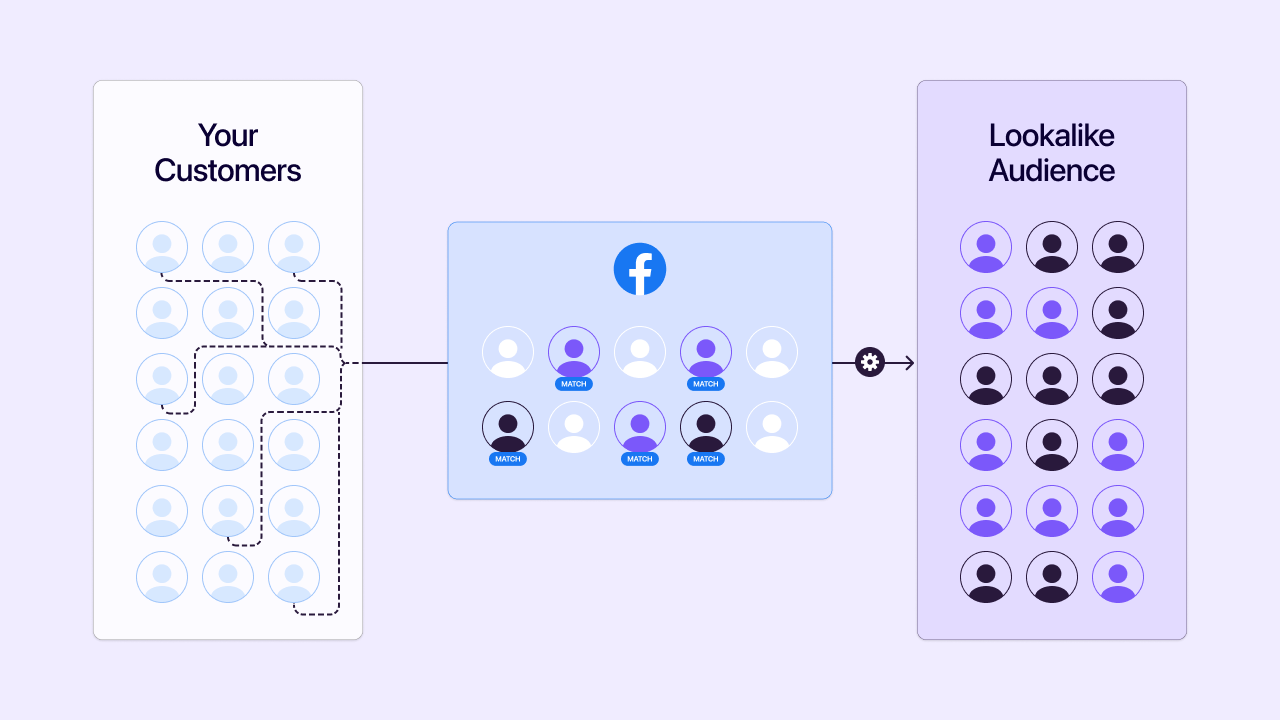
Top-of-Funnel Prospecting
Top-of-funnel prospecting is a crucial concept in digital marketing. It refers to the initial marketing funnel stage, where the primary goal is to create awareness and attract a broad audience who may need to become more familiar with your brand. This stage is less about immediate conversions and more about casting a wide net to introduce your brand and plant the seeds for future customer relationships.
In Facebook advertising, top-of-funnel prospecting is instrumental in tapping into new audiences. Here are some effective strategies:
- Broad Audiences: This strategy targets a wide range of users to maximize brand exposure and attract potential interest, ideal for building brand awareness among new audiences.
- Interest-Based Audiences: Focuses on users with specific interests aligned with your brand, offering a more targeted approach while still reaching new prospects who may be interested in your products.
- Lookalike Audiences: Utilizes characteristics of your existing customers to find new, similar users, effectively expanding your reach to prospects likely to be interested in your offerings due to their similarities to your current audience.
Retargeting at Middle-of-Funnel
Middle-of-funnel retargeting is crucial for re-engaging users who have shown interest in your brand but have yet to convert. Utilizing custom audiences, you can target individuals based on their previous interactions, such as website visits or social media engagement. This makes your ads more relevant and tailored.
Additionally, segmented audience strategies allow for even more personalized retargeting. You can create tailored ads that resonate with each segment’s unique position in the buyer’s journey by categorizing users according to their engagement levels or interests. This approach ensures your retargeting efforts are focused, relevant, and more likely to drive conversions.
Focusing on custom and segmented audiences makes middle-of-funnel retargeting more targeted and effective. It allows you to deliver the right message to the right people at the right time, gently guiding them further down the funnel towards conversion. This targeted approach ensures that your retargeting efforts are efficient, relevant, and more likely to result in conversions.
Retargeting at Bottom-of-Funnel
Bottom-of-funnel retargeting is critical in the final push to convert leads into customers. At this stage, potential customers are already considering a purchase, making it the opportune moment to employ advanced retargeting strategies. One such strategy is Dynamic Product Ads (DPA), which show users specific products they have viewed or shown interest in.
These ads are highly targeted and relevant, reminding users of their interest in your products and encouraging them to complete their purchases. Employing DPA at the bottom of the funnel effectively capitalizes on the existing interest of potential customers, significantly increasing the likelihood of conversion.
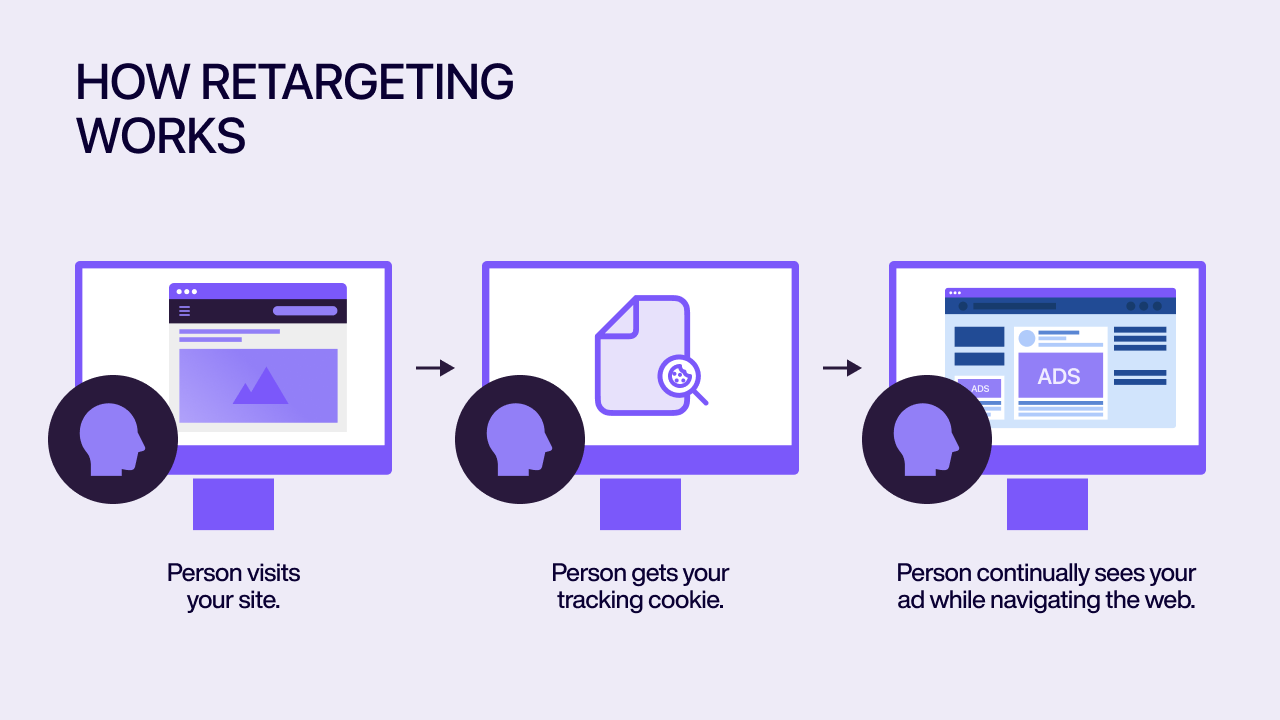
Cross-Selling and Upselling
Utilizing custom audiences and behavioral targeting on Facebook is an effective way to cross-sell and upsell to existing customers. By analyzing past purchase behavior and interactions, businesses can create custom audiences comprising customers who have already shown interest in their products or services. This approach allows for targeted campaigns that suggest complementary products (cross-selling) or premium versions (upselling) to these customers.
These strategies rely on the familiarity and trust already established with existing customers, making them more receptive to additional offers. Implementing targeted cross-selling and upselling campaigns on Facebook can increase customer lifetime value and a stronger brand-customer relationship.
Lifetime Value (LTV) Optimization
Retargeting previous customers is a strategic approach to increase Lifetime Value (LTV) by encouraging repeat purchases and ongoing engagement. This strategy is built on the understanding that existing customers are more likely to continue buying if they are reminded of your products or services and if the offers are personalized to their preferences.
To effectively retarget past customers and enhance their LTV, creating personalized offers and content that resonate with their previous interactions with your brand is essential. Here are some tips for doing this successfully:
- Segment Your Customer Base: Categorize your customers based on their purchase history, preferences, and behaviors. This segmentation allows for more tailored messaging and offers that align with their interests and needs.
- Utilize Personalized Email Campaigns: Send personalized emails to previous customers featuring products or services they have shown interest in. Use data from their past purchases to recommend complementary products or exclusive deals.
- Offer Exclusive Deals: Create special offers for returning customers, such as discounts on their next purchase, early access to new products, or loyalty rewards. These incentives can motivate them to continue engaging with your brand.
- Leverage Social Media Retargeting Ads: Use social media platforms, like Facebook, to run retargeting campaigns—display ads for products similar to previous purchases.
- Create Customized Content: Develop content that addresses the needs and interests of returning customers. This could include how-to guides, product usage tips, or customer stories, which can foster a deeper connection with the brand.
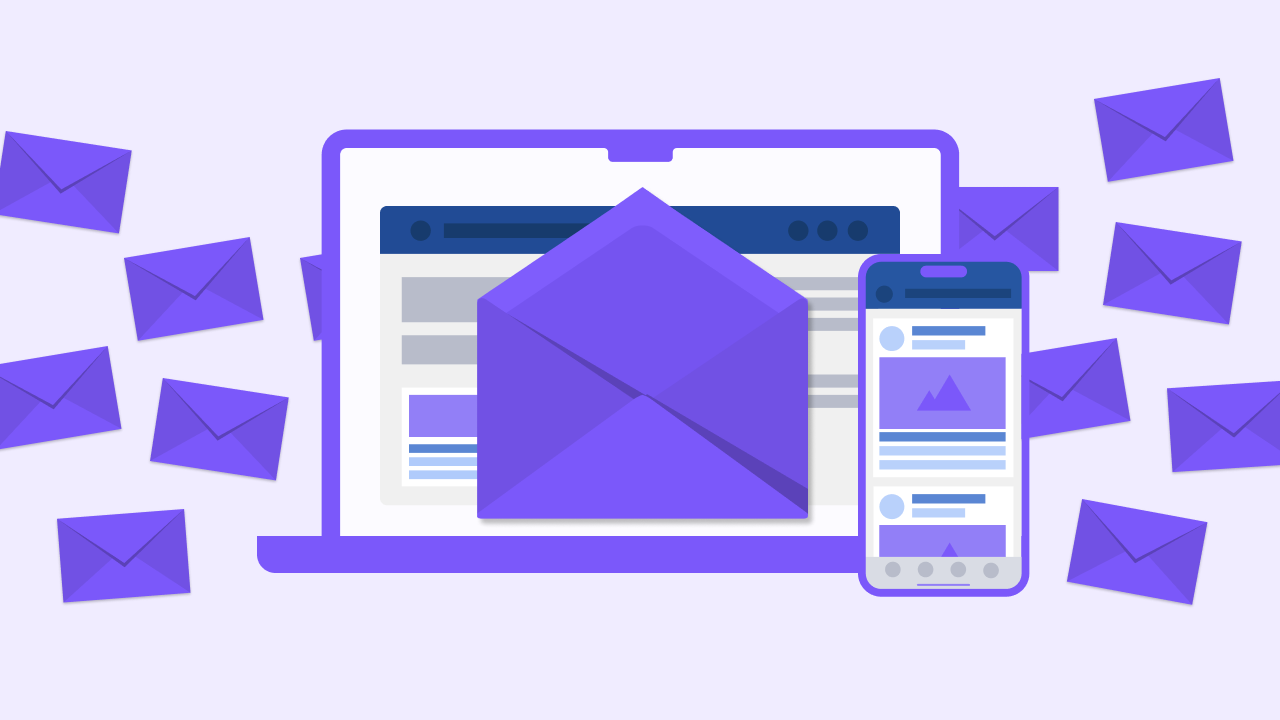
Audience Exclusions
Audience exclusions are a key feature in Facebook ads that allow advertisers to refine their targeting strategy by deliberately excluding certain user groups from their ad campaigns.
Exclusions help prevent ad spending on audiences less likely to be interested or who have already completed a desired action, such as recent purchasers. If you’re running a campaign to attract new customers, excluding existing customers is prudent to ensure your ad spend focuses on acquiring new leads. Here’s how to use audience exclusions effectively:
- Exclude Converted Users: If your goal is to generate leads or sales, exclude users who have already converted. This helps in focusing your resources on new potential customers.
- Segment Based on Interaction: Exclude users who have interacted with your ads but haven’t converted after a certain period. This helps optimize your ad spend and target users who are more likely to convert.
- Tailor Exclusions for Campaign Goals: Depending on the specific objectives of your campaign, tailor your exclusions. You should exclude those already aware of your brand for brand awareness campaigns.
- Use for Frequency Control: Exclude users who have seen your ads multiple times but haven’t engaged. Marketers want to prevent overexposure and potential ad fatigue.
By strategically excluding certain segments, you can enhance the focus of your campaigns, avoid wasteful spending, and create a more targeted, efficient advertising experience on Facebook.
Testing and Iteration
A/B testing is crucial for refining audience targeting strategies in digital marketing. By comparing different versions of ads to similar audiences, marketers can identify which elements—such as ad copy, visuals, or audience segments—yield the best results.
This ongoing optimization process is essential for improving campaign performance. It allows for data-driven adjustments, enhancing ad relevance and increasing engagement rates. This also boosts the overall effectiveness and ROI of the campaigns. Regular A/B testing leads to a deeper understanding of the target audience and informs broader marketing strategies.
Case Studies and Examples
To better understand effective ad targeting, let’s examine some successful ads from the past.
Allbirds
Allbirds, a footwear company, effectively utilizes a minimalistic approach in their Facebook ad. The ad captures attention with its simplicity and clever use of whitespace, focusing on showcasing the comfort and individuality of their shoes. Contrary to the current landscape this ad’s success does not lie solely in its visual components or even its message. The ad’s success comes from Allbirds ability to retarget users with an incentive to purchase. Knowing when to offer incentives and how to position them can, similarly to creative, make or break an ad.
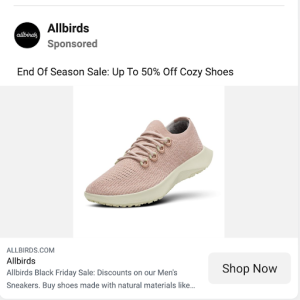
Why it works: The ad’s relevance is another key factor; it targets individuals regularly interested in footwear, offering something unique. It also adds value by highlighting the product’s features, like comfort and natural materials. The clear call-to-action, “Shop Now,” strategically placed in the ad, invites viewers to explore the product further. This ad demonstrates how a straightforward, visually focused approach can effectively engage and resonate with the audience.
La Colombe Coffee
La Colombe Coffee Roasters effectively utilized Facebook’s ad targeting capabilities to promote their canned Oatmilk Salted Caramel Latte, capturing the attention of potential customers with a 20% discount. This strategy of using offer ads is particularly potent for businesses looking to drive conversions, attract new customers, and create excitement around special promotions.
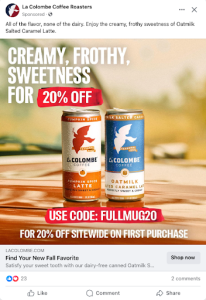
Why it works: The vibrant colors and the bright red highlight of the offer captured attention as users scrolled through their Facebook feed. Secondly, the ad’s relevance was spot-on for coffee enthusiasts who had been searching for canned coffee options earlier. Furthermore, the value proposition of a 20% discount on the first purchase made the offer more enticing, giving users a strong incentive to try the product.
The New York Times
The New York Times crafted a compelling photo ad to drive traffic to an article about burnout and mental health among working parents. The ad visually captures the essence of the article’s target audience, featuring an evocative illustration of a weary mother with her children. This ad’s effectiveness is heightened by its relevance, where work-life balance is challenging for many parents.
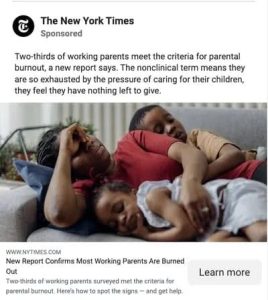
Why it works: The New York Times effectively utilized a photo ad to direct traffic to an article about burnout among working parents. The ad, showing a tired mother with her children, aligns perfectly with the article’s theme, drawing in parents interested in understanding mental health and burnout.
Future Trends in Audience Targeting
The landscape of audience targeting in Facebook Ads is continually evolving. As we look to the future, several key trends and features are emerging that advertisers should be aware of to stay ahead.
- AI and Machine Learning in Targeting: Enhanced precision in audience targeting through sophisticated AI and machine learning, analyzing user behaviors and preferences for more effective campaigns.
- Privacy and Data Security: Increased focus on user privacy leading to robust privacy features on Facebook, balancing effective targeting with data security. This may also include a shift towards first-party data reliance.
- Integrated Cross-Platform Strategies: Opportunities for cohesive campaigns across Facebook’s ecosystem, including Instagram and WhatsApp, for a comprehensive view of the customer journey.
Conclusion
Embracing the full potential of audience targeting on Facebook Ads can lead to more effective, efficient, and impactful campaigns that resonate deeply with your target audience.
To achieve your campaign objectives and make the most of these evolving opportunities, consider partnering with Adspace.
Adspace can help you navigate the complexities of Facebook Ads audience targeting. Reach out to Adspace today to amplify your advertising efforts and take your campaigns to the next level.
Download our free guide to learn how to measure SEO ROI through content marketing
Download Download







